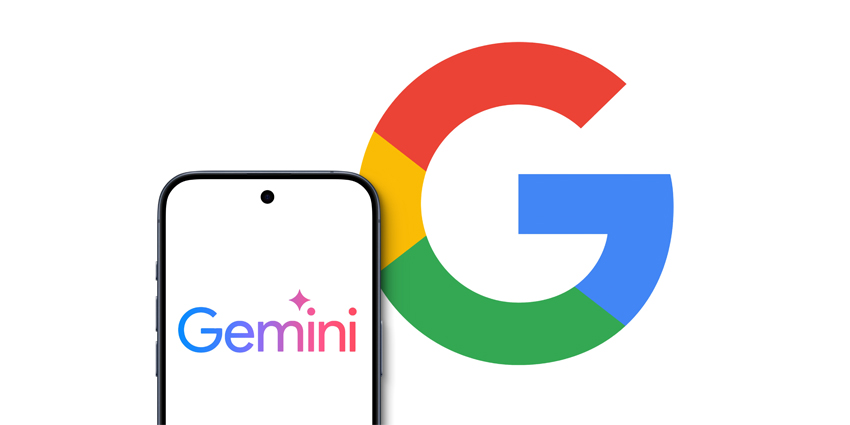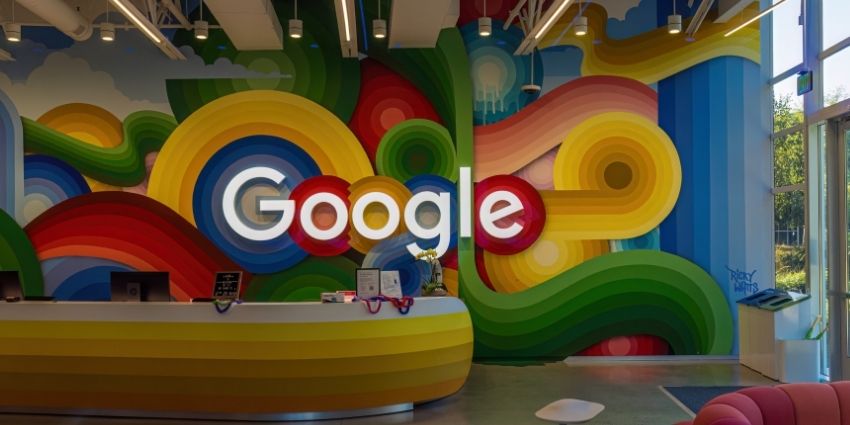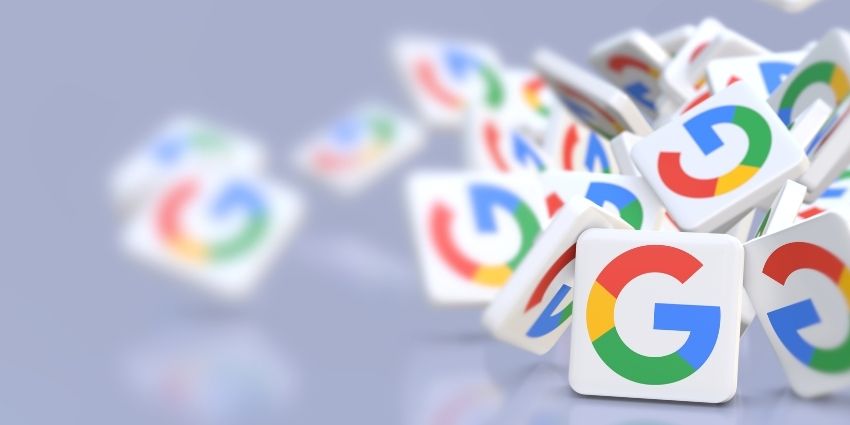What is a GPT, what can it do, and why is the technology so important?
You’ve probably heard the term “GPT” a lot lately. It’s frequently used with other trending AI terms, like ChatGPT, Generative AI, and OpenAI.
However, while most of us are familiar with the acronym, there’s still a lot of confusion about what GPT means or even what it stands for. On top of that, many business leaders and consumers are still trying to figure out why GPTs are so important to the future of technology.
Here, I’ll answer the question, “What is a GPT?” in layman’s terms and give you all the extra insights you might need about how this technology works and what it can do.
What is a GPT?
A GPT, or Generative Pre-Trained Transformer (more on that in a moment), is a general-purpose language prediction model. GPTs are a family of AI models created by OpenAI, the company responsible for ChatGPT.
Generally, GPT models are computer programs that can analyze, summarize, understand, and use information to generate new content. For instance, ChatGPT draws on huge volumes of data to respond to questions, generate blog posts, or create code for web developers.
At the time of writing, the most powerful model available is GPT-4o, OpenAI’s new flagship model that can reason through vision, audio, and text in real-time.
In the past, GPTs were simply a form of large language model (LLM) that excelled at processing and creating text. However, new innovations are prompting the development of multimodal solutions that can understand all different types of media.
What Does GPT Stand For?
To answer the question “What is a GPT?” and understand how GPTs work, you need to know what the acronym stands for. GPT stands for “generative pre-trained transformer”; this is more than just a description – it describes how GPTs function.
Let’s break down each word:
- Generative: GPT models are called “generative AI” applications because they can generate new content from input data and prompts. They don’t just classify data; they produce entirely new text, code, or image outputs as a function of their training.
- Pre-trained: GPTs are tailored to specific applications. First, however, they undergo a pre-training phase, establishing the model’s ability to generate human-like responses based on prompts. Once the base pre-training is complete (often using large language models), developers can fine-tune the model for more specific purposes.
- Transformer: The “transformer architecture” in a GPT model is crucial to the functionality of these AI tools. Transformers revolutionized natural language processing (NLP) with self-attention mechanisms, allowing AI solutions to analyze all the words sequentially, understand context, and generate more intuitive responses.
How Does a GPT Work?
Now that you have a basic answer to the question, “What is a GPT?” The next step is figuring out how GPTs work. GPT models are neural network-based language prediction models, similar to large language models. They’re specifically built on the “Transformer” architecture. Plus, they analyze natural language queries, known as “prompts,” to create responses.
GPTs analyze their existing data and the input in prompts to “predict” the best response to a query. These models are trained with hundreds of billions of parameters on massive datasets and can take context into account.
Transformer solutions leverage self-attention mechanisms to allow AI systems to concentrate on specific parts of the text during each processing step. This means they can capture more context and enhance NLP tasks. These neural networks have two main modules: the encoder and the decoder.
The encoder component captures contextual information from an input sequence. When you enter a prompt into something like ChatGPT, for instance, the text is broken down into tokens or embeddings (mathematical representations of a word). The encoder block separates the words in your prompt into embeddings and assigns a specific weight or priority to each.
Unlike older AI algorithms (recurrent neural networks) that read text from left to right, transformer-based networks read every token and compare them. This allows them to focus their “attention” specifically on the tokens that matter most.
The decoder uses vector representation to predict what it should do next based on what it gathers from your prompt. Complex mathematical algorithms allow the system to explore various potential outputs and predict which one is most likely to be accurate.
The Training Process
Notably, just like you can fine-tune most forms of LLMs, you can train GPTs to deliver specific results. For instance, Microsoft trained the Microsoft Security Copilot to support security personnel.
While the exact training processes used for each type of GPT model can vary, most training methods are broken into two phases: unsupervised and supervised training.
Usually, during the initial stage of “pre-training” for GPT models, these systems receive huge amounts of unlabeled data from various sources. GPT-2, for instance, was trained on about 8 million web pages. The goal of this training phase is to ensure that the model can understand and comprehend natural language and generate sentences coherently.
However, during this phase, models aren’t told what the data represents – they use their own transformer architecture to identify relationships and patterns.
Following the unsupervised training phase, models can be refined using supervised training. This means humans use tailored, labeled prompts and data sets to train the model to respond in specific ways. This is a key part of minimizing AI hallucinations and reducing the risk of bias in GPT responses. During fine-tuning, GPT models can also be provided with specific data based on the tasks they will complete.
ChatGPT, for instance, was fine-tuned using conversational dialogues and computer code to complete programming tasks and communicate easily with humans.
Use Cases and Opportunities
So, what is a GPT used for, and what can it do? Simply put, GPT models generate human-like responses to a prompt. Again, in the past, these prompts had to be text-based, but the latest models can also process image and audio input.
GPT-based tools can accomplish various tasks, such as answering questions in a conversational manner in the contact center and augmenting chatbot performance. They can generate content in various forms, from emails to blog posts, and edit content for style, grammar, and tone.
GPT models can also summarize long passages and text, and even conversations or meetings. For instance, Microsoft Copilot can summarize your meeting and highlight action items. Like other LLMs, GPTs can also translate text into new languages, write code based on designed mock-ups, and brainstorm ideas. Plus, some can also create and analyze images or videos.
Some of the most common use cases include:
- Creating content: Models like ChatGPT can create all kinds of written content, from social media posts to articles and press releases. There are also models like Midjourney that can generate images from prompts and tools that can write and learn code.
- Analyzing data: GPT models can process and analyze vast amounts of data, helping companies to understand patterns and trends in customer conversations or produce learning materials. They can even analyze spreadsheets and complete mathematical equations.
- Enhancing AI assistants: GPT models make AI assistants more intuitive and effective. Chatbots and virtual assistants powered by these models can understand voice, text, and image input, rapidly troubleshoot problems, and even coach customer service agents.
Examples of Tools Using GPT Models
Hundreds of applications now use OpenAI’s GPT models, including ChatGPT, which uses a fine-tuned GPT solution for conversations.
On top of ChatGPT, we also have:
- Microsoft Copilot: Microsoft’s various Copilot solutions, such as Copilot for Microsoft Teams and Security Copilot, all have versions of GPT working in the background. These models are fine-tuned for different tasks and Microsoft applications.
- Duolingo: The language learning app Duolingo allows users to converse with chatbots in their target language. This helps to facilitate rapid learning of new languages by helping users to practice using new words.
- Sudowrite: This GPT-powered app is designed to help people write short stories and novels, among other things. Many other AI writing generators also use some form of GPT or a customized LLM to power their services.
Notably, some generative AI solutions don’t use GPT. Google’s Gemini uses LLMs built specifically by Google and enhanced with multimodal capabilities. Meta’s Llama and the Claude family of products created by Anthropic also have their own unique models.
The Evolution of GPT: A Brief History
For most people asking, “What is a GPT?” these models might seem like a brand-new development in the AI world. However, they’ve been in development for quite a while. Back in the early 2010s, the top AI models generally relied on manually labeled data to understand different types of content.
Most bots were created with “supervised learning,” which made cutting-edge models expensive and time-consuming to produce. In 2018, however, Google introduced the BERT LLM, one of the first solutions to use the transformer model and rethink how AI algorithms were created.
After that, the first version of GPT from OpenAI was produced. GPT-1 was the first version of OpenAI’s model, following Google’s paper titled “Attention is All You Need,” based on the BERT solution and transformer models.
Since then, multiple new GPTs have emerged. GPT-2 was the second transformer released by OpenAI. It was an open-sourced, unsupervised solution trained on more than 1.5 billion parameters. Although it was revolutionary, it suffered from many AI hallucination issues.
Later, GPT-3 emerged, trained on 175 billion parameters (much more than its predecessor). GPT-3 introduced the option to generate code with generative AI apps and powered the ChatGPT experience, leading to a revolution in the AI landscape.
GPT-4 took the world a step further, introducing a new form of multimodal language model capable of parsing image and audio inputs instead of just text. Now we have GPT-4o, the latest flagship model and the most capable solution created by OpenAI so far.
Are The Models Safe?
As more companies and consumers continue to embrace GPT, a common question among users, alongside “What is a GPT?” is “Are these models safe?” This question can be quite difficult to answer. During initial unsupervised training sessions, the models learn from billions of data points, often taken from the web.
Of course, the internet can be dangerous and sometimes toxic. If we allowed GPTs to simply “learn” from the web alone, they probably wouldn’t be entirely safe or ethical. That’s why OpenAI puts a lot of work into fine-tuning its models.
They work on their models with human input to ensure that they align with human values and don’t break (too many) rules. Reinforcement learning with human feedback helps to optimize the performance of GPT models and minimize risks.
However, no system is perfect, and there’s always a risk that these models may still create biased, hateful, discriminatory, or misleading content. That’s why it’s so important for people to use these tools with care. Remember, they can make mistakes.
Getting Started with GPT Models
Now that you know everything there is to know about GPT models, why not try some out for yourself? Start with ChatGPT—it might just be one example of a GPT solution, but it’s free and easy to use.
Developers can also dive deeper into the GPT landscape within the OpenAI playground. Here, you can fine-tune various settings for GPT models. Alternatively, you can try out one of the many applications that use GPT models. AI text generators like Jasper and Microsoft Copilot are ideal.
There are even many AI productivity tools, meeting assistants, note-taking tools, and chatbots that use some form of GPT. Use these solutions carefully, avoid sharing sensitive data (where possible), and be open-minded.
GPT models are incredible, but they’re still being perfected. In the years ahead, we can expect them to become more powerful, multi-modal, accurate, and efficient.








